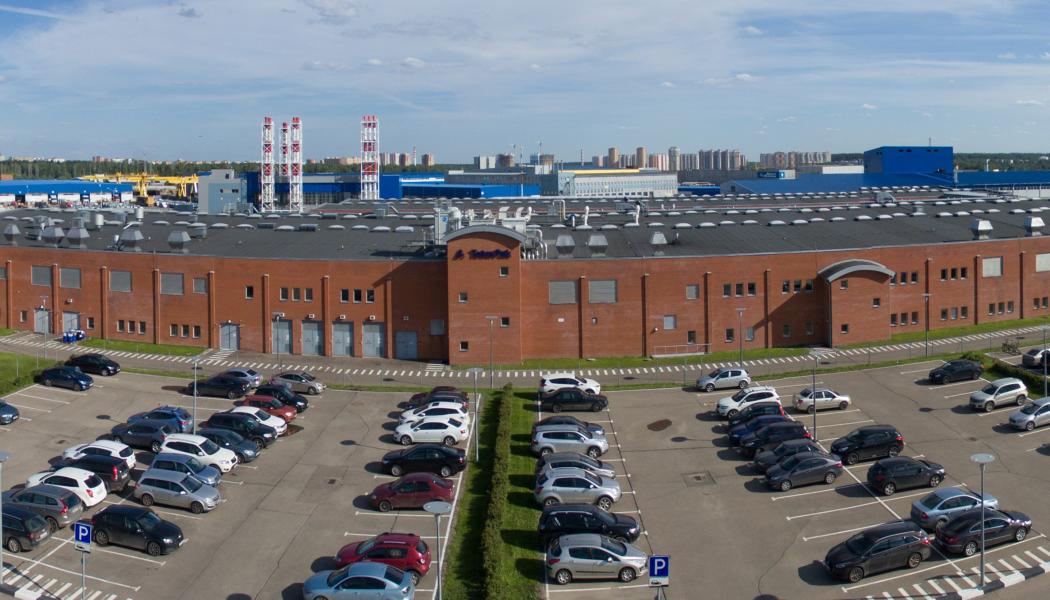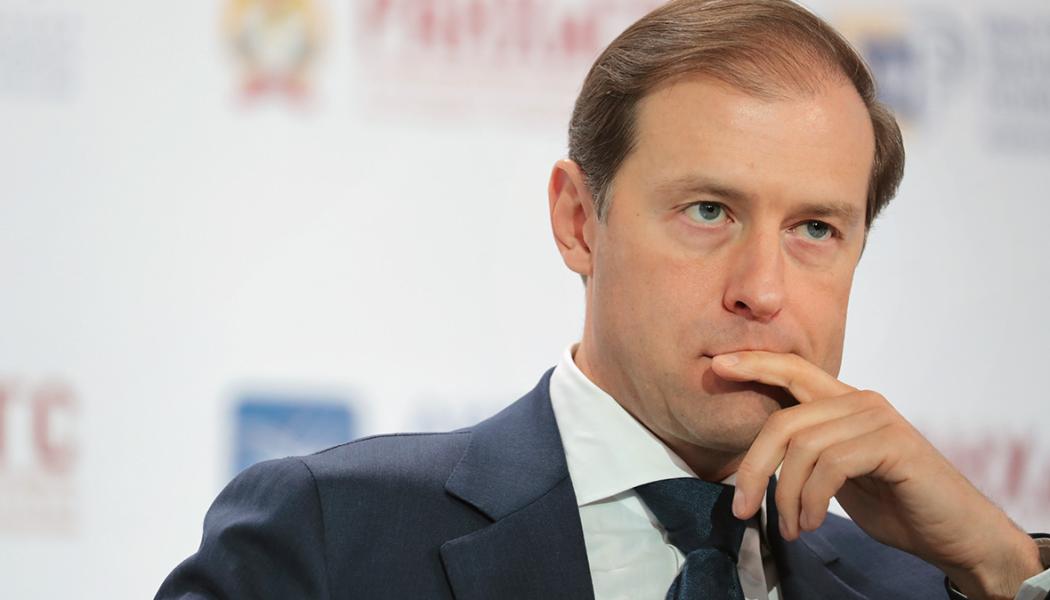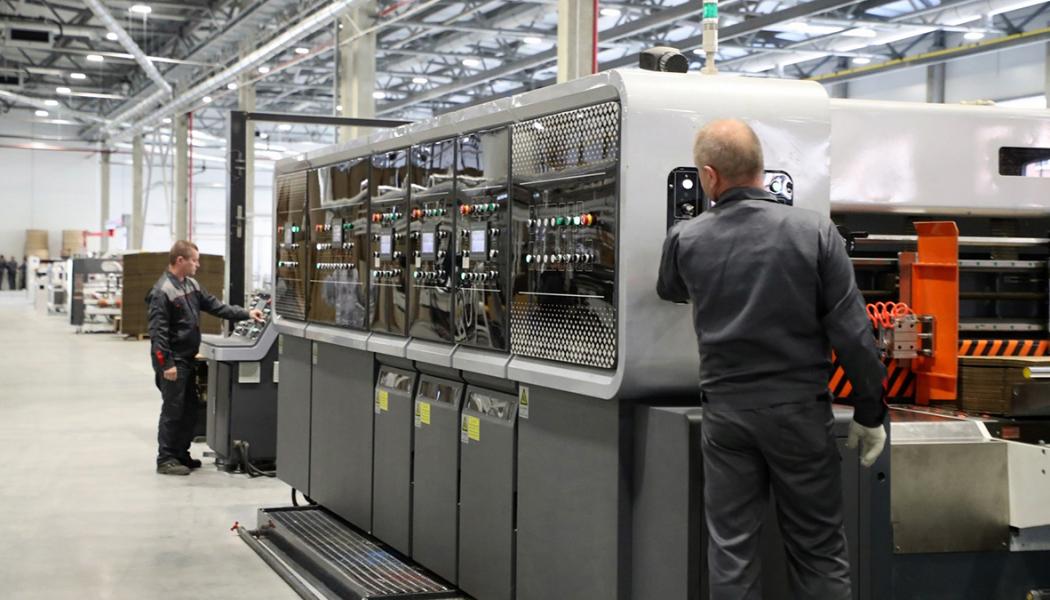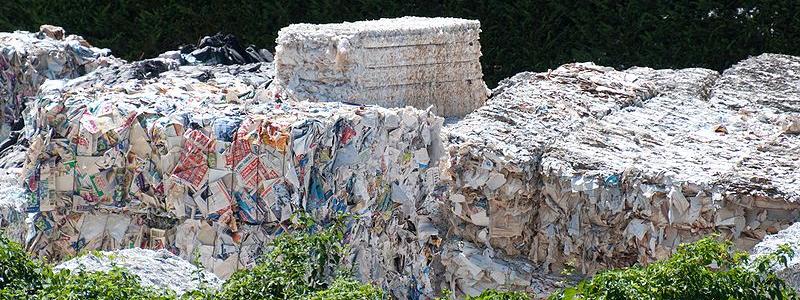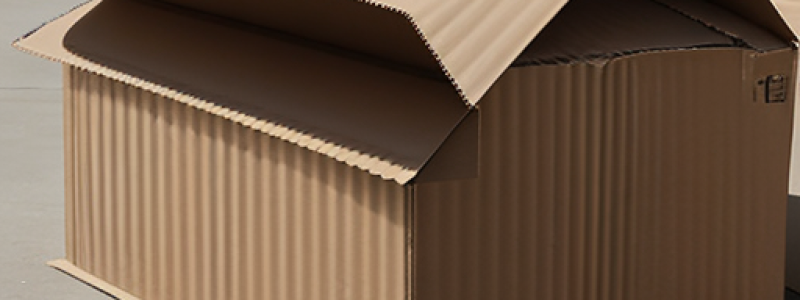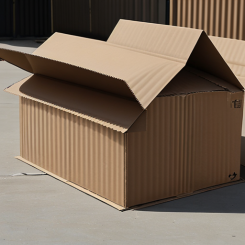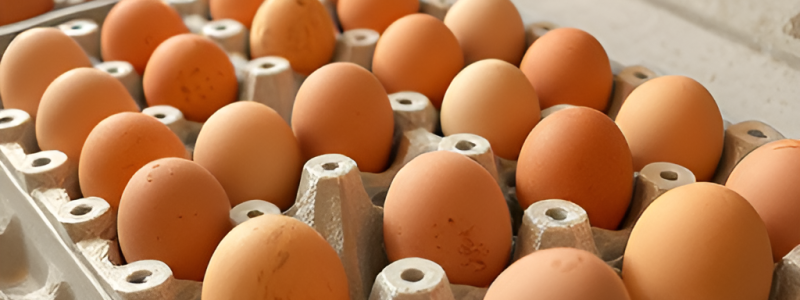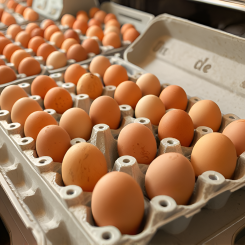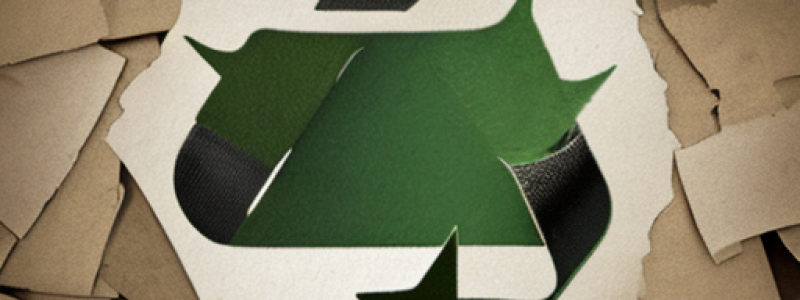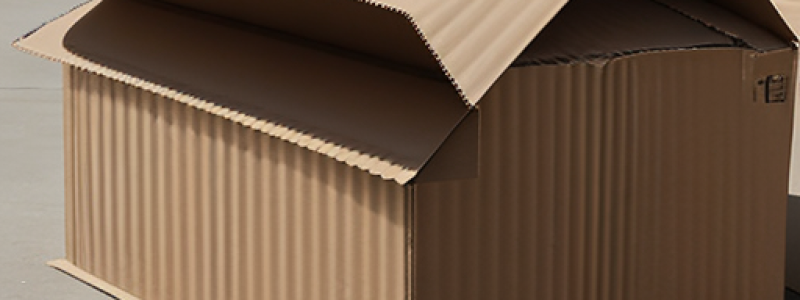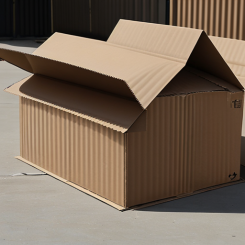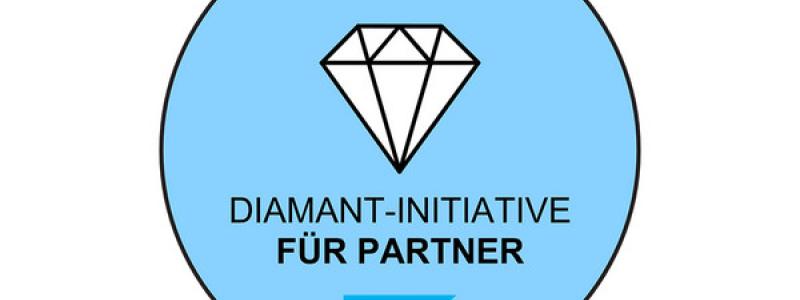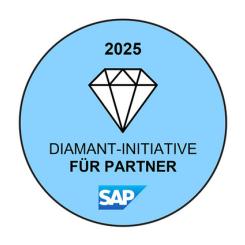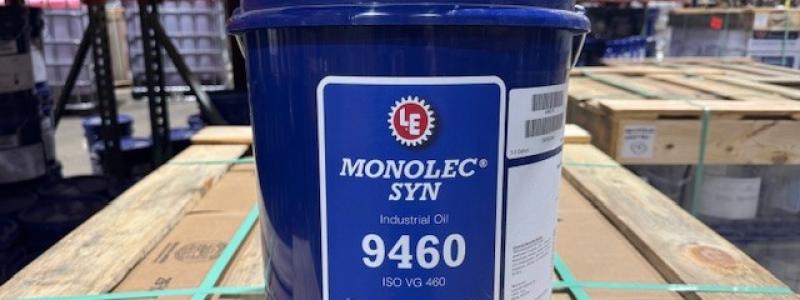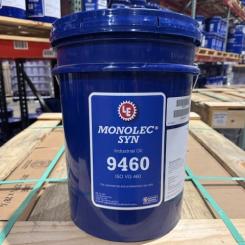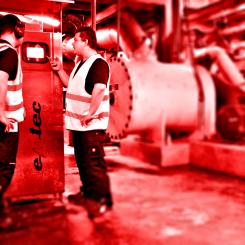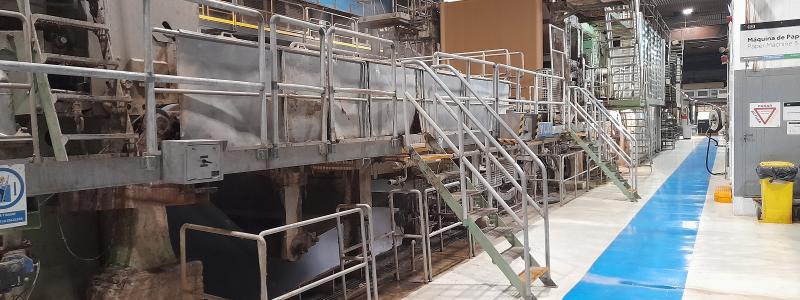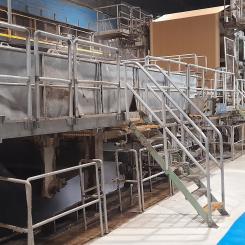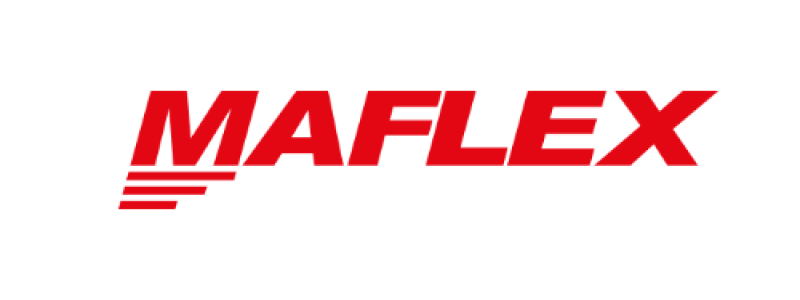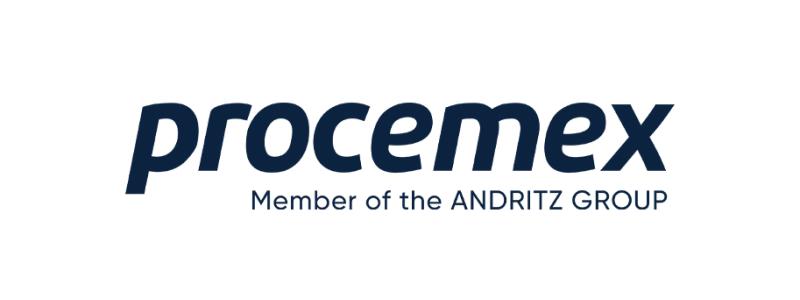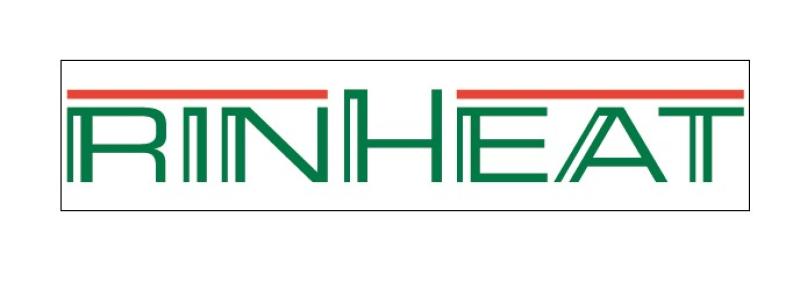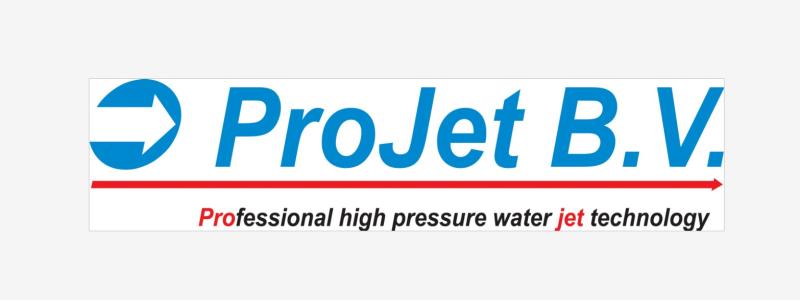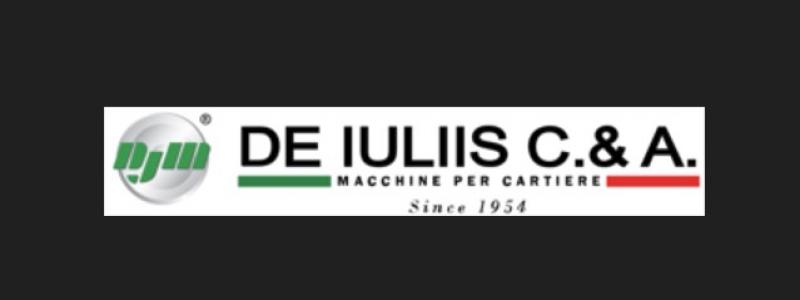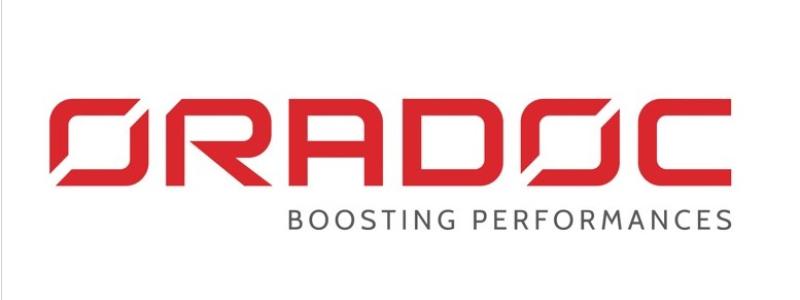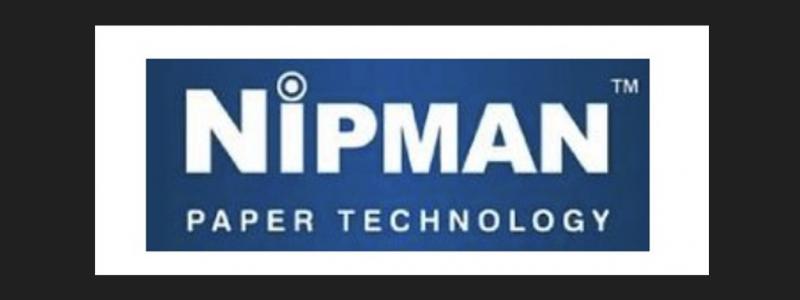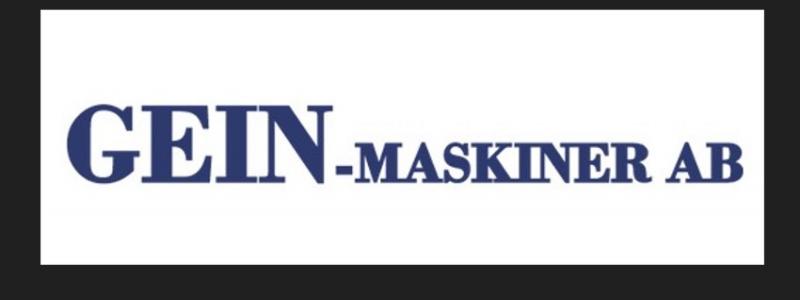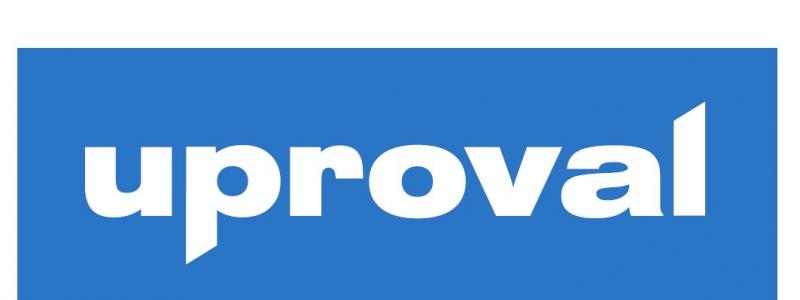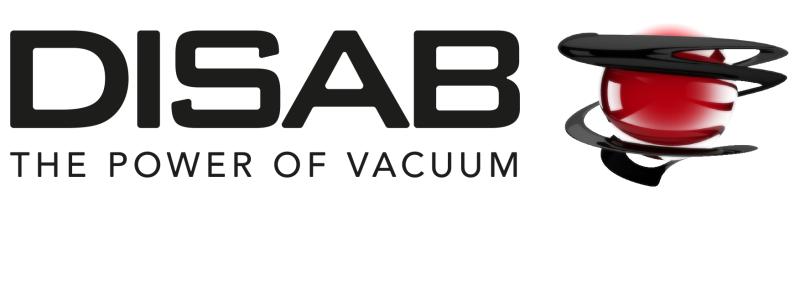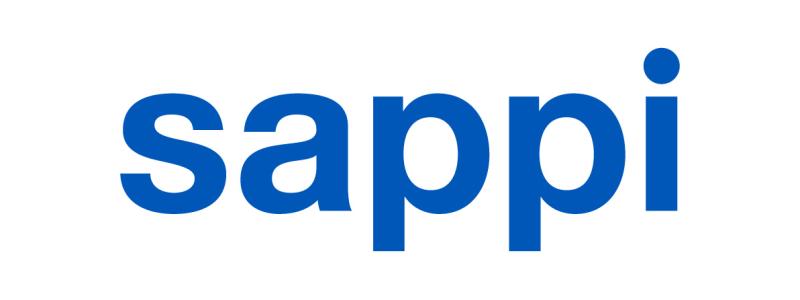The Russian packaging sector is facing with the deepest crisis in its modern history, as the ongoing military conflict between Ukraine and Russia and unprecedented sanctions, imposed on the country have resulted in the massive exodus of global packaging producers from the local market and posed a threat of the shortage of packaging in the country.
Traditionally, Russia had been heavily dependent on the supplies of foreign packaging along with raw materials for its production, with the average share of imports of 30-50% and even higher in some segments of the market. Western sactions resulted in the exodus of the majority of global packaging producers from Russia, such as Elopak, Tetra Pak, Smurfit Kappа Group PLC. Ball Corporation and some others, which has become the worstest scenario for the market since the collapse of the USSR.
That created big problems for the Russian economics and packaging sector, as in recent years Russia has achieved almost complete import substitution only in the field of non-food packaging.
The exodus of some global manufacturers from the local market such as Tetra Pak has posed a threat of a shortage of packaging in the strategically important segments of the market - liquid food products, particular milk, as well as the majority of other dairy products – which were traditionally produced from foreign cardboard packaging in Russia.
In case of Tetra Pack, after the introduction of the ban on the supplies of raw materials for the needs of its Russian factories and refuse of Swedish authorities to exclude these goods from sanctions’ lists, most of Tetra Pack packaging have become no longer available for Russian food producers, which became a major blow for them. There were serious concerns in Russia, that the leave of the former leader of the market will lead to the shortage of milk and dairy packaging in Russia, and may even pose a threat to the country’s food security. However, the ability of the state and some local producers to ensure a generally rapid switch to aseptic packaging has allowed to stabilize the situation in the market.
According to recent statements, made by an official spokesman of Denis Manturov, Russia’s Minister of Industry and Trade and a state official personally responsible for the development of packaging sector in the Russian government – Russia has enough reserves for the production of aseptic packaging, with the aim of its further supplies to the domestic market. This should help to avoid a shortage of packaging in the Russian food sector, particularly dairy segment.
An official spokesman of Denis Manturov in an interview says:
“Currently, the domestic market is provided with the necessary amount of packaging for dairy products. We do not expect any shortages».
According to data of the Russian Ministry of Industry and Trade, each year domestic market consumes up to 12 billion pieces of cardboard packaging, most of which accounted for the production of Tetra Pak and Pure Pak in the past. However, a rapid switch to its analogues and the transfer of Tetra Pack’s business in Russia to local management (with the resuming of production), helped to avoid any shortages of packaging in the domestic market.
In case of aseptic packaging, it has been traditionally enjoying a high demand in Russia and there is a possibility that this trend will continue to be observed. According to earlier statements, which were made by Viktoria Abramchenko, Russia’s Deputy Prime-Minister in an interview with Russian RBC business paper, this is an “environmentally friendly” packaging, that is not inferior to its foreign analogues in terms of quality and safety.
As part of state plans is also creating conditions for the development of domestic production of paper packaging. One of such projects was recently launched in the Vladimir Region last August. The area of the plant, which was commissioned by the local packaging producer Formabox enterprise, is 12,000 square meters with 100% of raw materials for needs of the plant being sourced domestically.
In the meantime, another large-scale production of aseptic packaging with the capacity to produce 300 meters per minute for the food industry was established by the local MoloPak factory. According to Timur Gushchin, managing director of the company, the company has also plans to build a new complex that will produce about 1 billion packs per year. Most of future output will be used in the packaging of milk, juices, wine and baby food.
Still, despite the recent commissioning of some new domestic productions, according to some Russian analysts, there is still a shortage of about 30% of cardboard in the domestic market. The situation is also complicated that Russian cardboard is not always of high quality and does not withstand the requirements for product shelf life. Many food producers are still forced to look for alternative packaging suppliers, including in the countries of Southeast Asia, revising their range in favour of more cost-effective products.
In the meantime, the ban on the supplies of printing raw materials and products to Russia, which became part of the 5th package of EU sanctions against Russia, became the bad news for the industry, as resulted in the end of supplies of important ingredients and components. The latter were used in the manufacture of various types of packaging in Russia, among which are paints (pigments), adhesives, solvents, bases for the production of stickers. This has also created significant challenges for the production of all major types of packaging, forcing major packaging customers to switch to cheaper domestic analogues.
Until alternative suppliers can be found, so far, many Russian food and consumer goods’ manufacturers have begun developing temporary product packaging designs.
For example, according to earlier statements, made by Sady Pridonya, one of Russia’s largest manufacturers of juices and baby food, due to a shortage of cardboard, as well as special varnishes and paints, it would produce products in minimalist packaging.
In the meantime, the current situation in the segment of pharmaceutical packaging in Russia remains also complex, as sanction led to the ban on the supplies of various types of paper and cardboard, which were used in the production of drug packaging. According to some local experts, domestic production is currently unable to completely meet domestic needs in these materials, while additional measures to ensure such supplies must be taken, which may involve bypassing of sanctions by legal ways.
Mikhail Senatorov, head of Subcommittee on Development of the Packaging and Printing Industry of the Russian Chamber of Commerce and Industry, one of Russia’s leading business associations in an interview commented:
“It is necessary to recognize the import of materials for the production of packaging as a humanitarian import, that will allow to equate it to either medicines or food products and bypass sanctions.
Prior to February, 24 2022, a significant part of cardboard for the production of pharmaceutical packaging in Russia were supplied from Finland, however the beginning of the war resulted in the suspension of the majority of these supplies.
According to Viktor Dmitriev, general director of the Association of Russian Pharmaceutical Manufacturers, there could be serious problems with drugs’ labelling in Russia (which is required by the Russian legislation) as a result of the imposed bans. According to him, most of ink for these needs were supplied to Russia from abroad. Currently producers still have some stocks of foreign raw materials for the production of pharmaceutical packaging, however most of them are rather limited.
So far, representatives of the Russian Association of Dairy Producers (Soyuzmoloko) and other leading Russian packaging producers have called on the state to provide additional support to them by inclusion of their productions in the list of strategic enterprises. Among the other support measures are the extension of concessional lending to the import of packaging and components, and zeroing import duties on all items that were included on sanctions’ lists. At the same time, the Ministry of Industry and Trade and the Ministry of Agriculture are also considering options for creating reserve capacities of food and some other packaging types in case of the growing of their shortage in the domestic market.
Still, despite those measures, which are taken by the state for stabilization of the current situation in the market and the development of domestic production, prices for most of types of packaging are steadily growing in Russia, which is also due to a high level of inflation in the country. So far, the average prices for all types of packaging in Russia have grown by 15-30% and even 50%, while some analysts believe this is just the beginning, while the growth of prices will continue in the second half of 2023.
Still, many of local packaging producers remain optimistic.
According to recent statements, made by Natalya Alekseeva, general director of the Formabox enterprise, one of Russia’s largest paper packaging producers, which were made in an interview with the Russian Vek business paper, Western sanctions brought some positive results to the packaging sector of Russia.
Natalya Alekseeva comments:
“Western sanctions have had a positive impact on the domestic packaging market. They freed up some niches from competitors. If earlier sales issues were very serious, part of the products were exported, today Russian enterprises more than meet the demand for packaging products. It is purchased by lots of manufacturers from different industrial sectors, from confectionery to mechanical engineering,”
A good news for the industry, as there are currently no problems with polymer packaging: from bags to bottles, as the industry consists of more than 4,000 enterprises, operating in this sector. The production volume of plastic products for packaging in 2021 amounted to 122.5 billion pieces, up 2.3% compared to 2020.
There is a clear trend towards environmentally friendly packaging, but with slower dynamics. Currently the overall share of polyethylene terephthalate use in packaging production in Russia is at a critically high level - up to 80%.
As part of state plans is accelerating of R&D activities in the field of innovative packaging solutions with the aim of a further reduction of import dependence.
So far, some progress in this field has already been achieved, as scientists of St. Petersburg State University of Industrial Technology and Design have developed a new technology for obtaining biodegradable packaging which does not contain starch and has high moisture resistance.
By: Eugene Gerden


